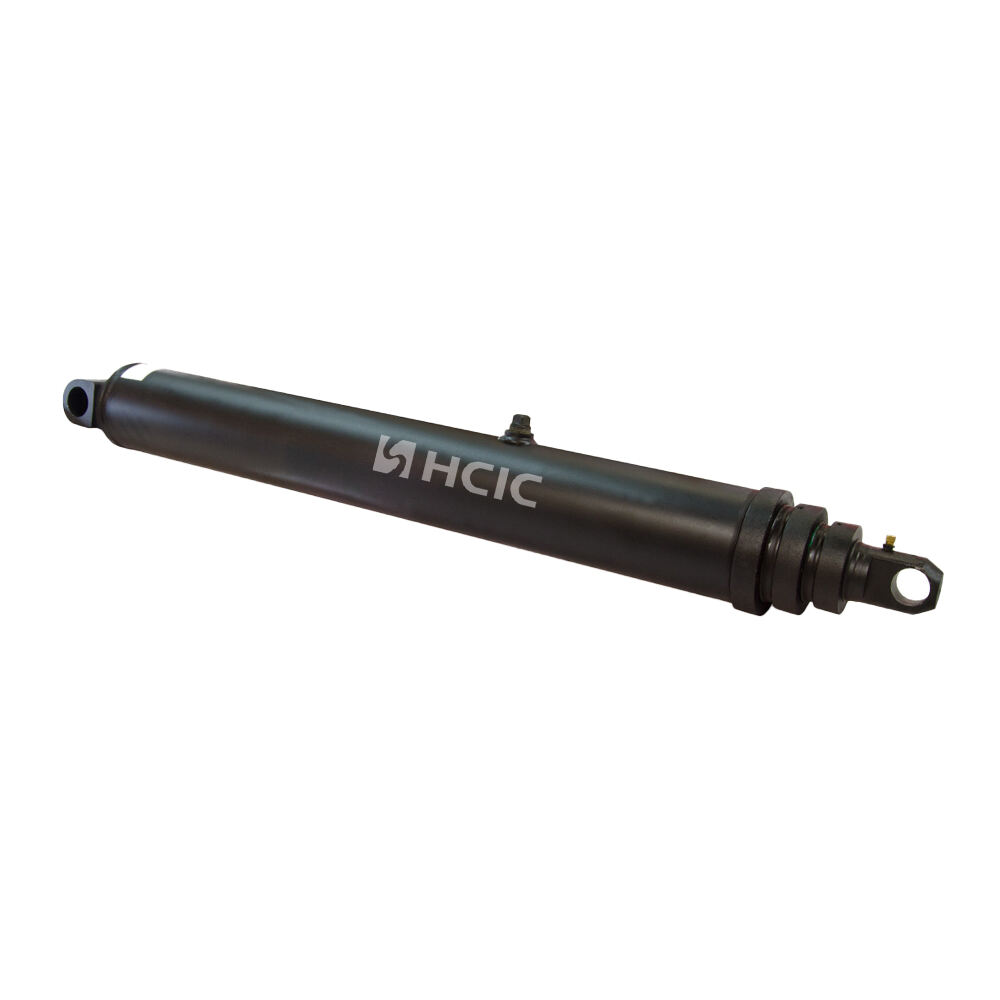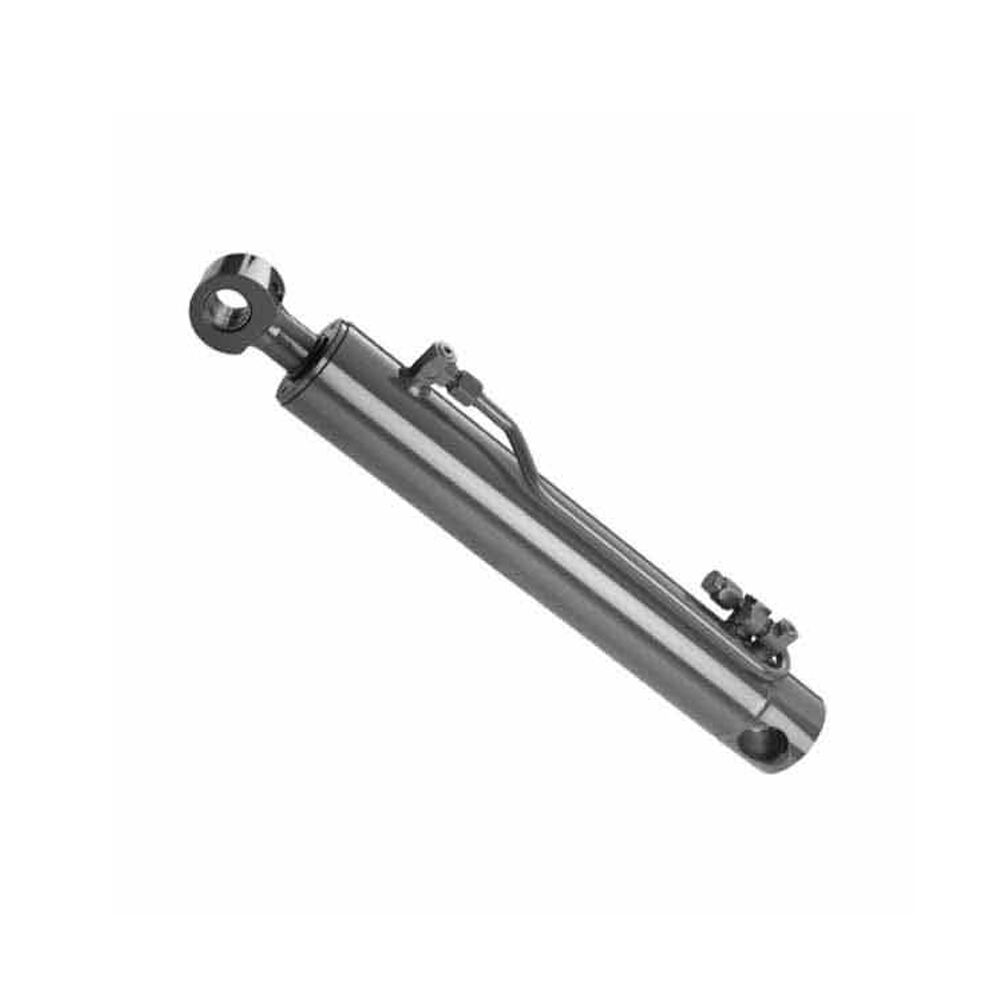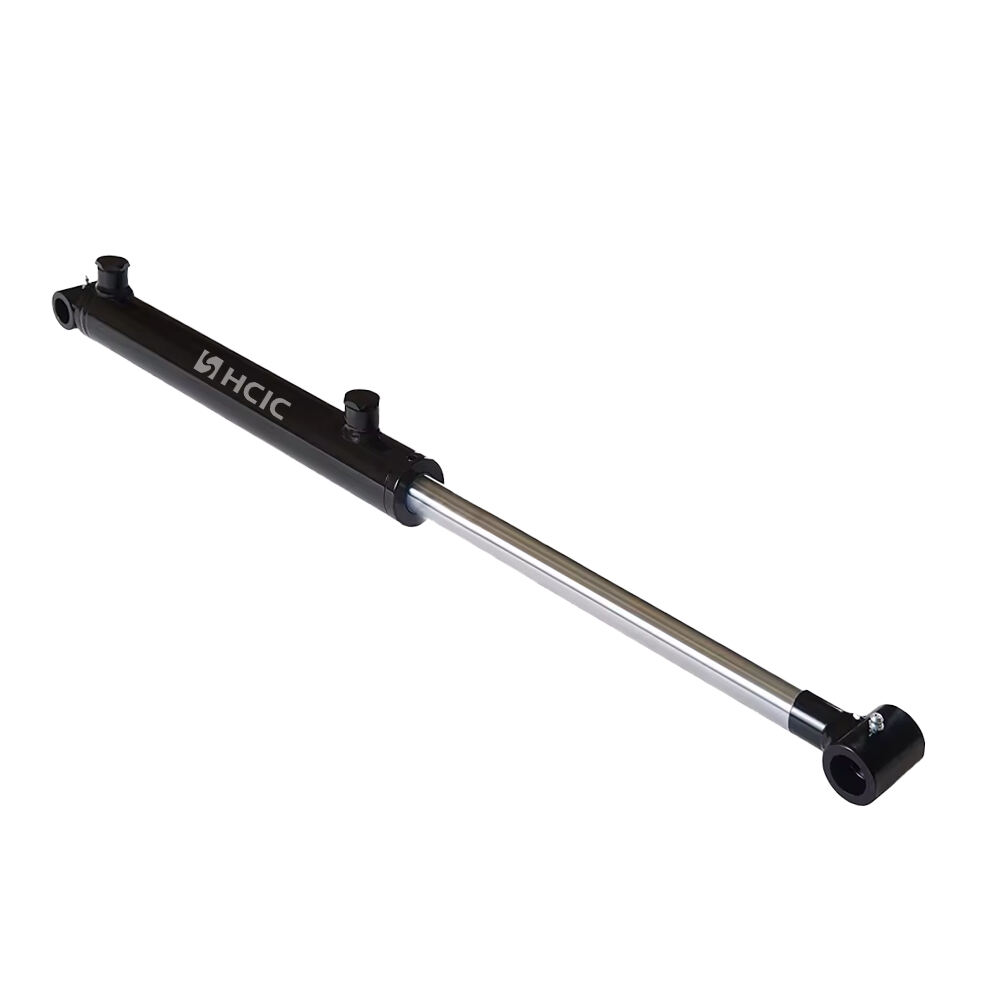A double acting cylinder is a type of special machine that is used in lots of places to help push things. Let’s find out how it works and why we need to look after it.
A cylinder that is double acting is basically just a big tube with some pieces inside. It can also be used to shift things in and out, by air or by liquid. This is what allows machines to lift heavy objects, or pick them up and move them from one place to another.
When air, or liquid, enters one side of the cylinder, it causes a piece called the piston to move. It’s akin to a big stick pushing against something when the piston moves. Then, when air or liquid is pumped in from the other side, the piston slides the opposite way, pushing the thing in the opposite direction. This reciprocation is the basic concept behind how double acting cylinder operates.

There are all sorts of reasons to employ double acting cylinders. One of the main reasons, after all, is that they can shift things around with a great deal of speed and force. This is necessary for activities such as lifting heavy things. Another is that they can be manipulated easily, and workers can make them do exactly what they want. This keeps machines running better and for longer.

There are various forms of double acting cylinders for different purposes. Some are large and powerful, others smaller and more accurate. For heavy work, like lifting a car, big cylinders are employed. For jobs that require more precision, such as maneuvering delicate parts, smaller cylinders are used. It’s key to choose the right cylinder for the right job and that it masters the job well.

Maintaining a double acting cylinder is crucial. That means inspecting it regularly to ensure it has no leaks or other damage, and cleaning it very well to make sure it runs smoothly. And you also want to use the right air or liquid to power that cylinder without damaging it. With regular good care however, a double acting cylinder should last a long time, and continue to perform the task for which it was installed to do, and much more.